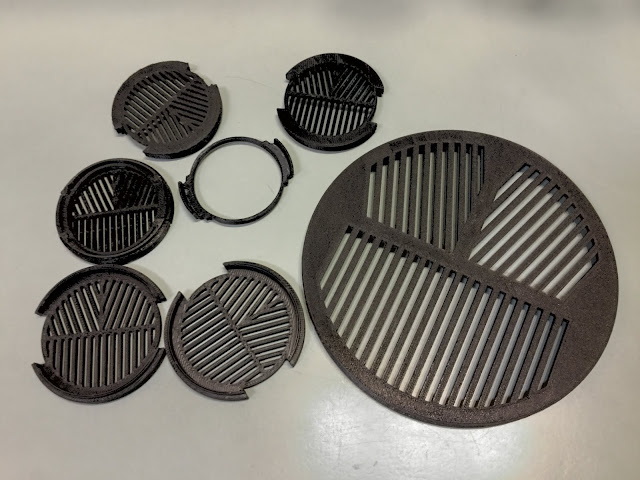Sky-Watcher Star Adventurer Tracking Mount
August 16 2018
Lots to learn yet but i'm well on my way and enjoying a new obsession. It's nice to spend a few hours looking up at the stars, it makes you realise how insignificant most things in life really are. I'll remember to take some beer next time.
Last week I got hold of a Sky-Watcher Star Adventurer motorised tracking mount for my cameras from Bintel in Sydney. I've been checking out videos and reading about these mounts for the last couple of months and couldn't wait to get my hands on one. The advantage of using a tracking mount is that long exposures of several minutes can be taken to get more light photons onto the camera sensor and hopefully produce spectacular images of the night sky. It can also be used for time lapse panning which will be interesting.
Click images for larger view
Without one of these mounts anything over 10 second exposure at anything over 50mm focal length produces oval shaped stars or even worse, unwanted star trails. The trick is to first get the sucker aligned with the Celestial South Pole, sounds easy enough..
The first couple of nights I spent stuffing around searching for the Celestial South Pole through the mounts integrated polar scope and discovered that my magnetic declination was out (I wasn't looking in the correct place). The stars that it needs to be aligned to (Sigma Octantis & co) are not visible to the naked eye so there has been a steep learning curve but hey, that makes it fun.
After getting my hands on a good compass, a few useful apps, and some star charts I reckon I've got the alignment problem nutted out. The third attempt was going really well with 100 second bulb exposures producing nice pinpoint stars until some clouds started rolling in and the lenses of both cameras instantly fogged up. When the camera or telescope is pointed upwards it doesn't take much moisture to ruin the session, especially when the temperature drops fast or the cloud rolls in. I had to buy lens heaters and some large lens hoods 
Today my lens heaters and hoods arrived so fingers crossed I can start gathering a collection of images to stack and see some results. Image stacking is combining multiple images of the same part of the sky, this can be hundreds of images taken over several nights to combine into a master image with a combined exposure of several hours long, when it's post processed correctly the results are amazing.. and that, dear reader, is what recently got me fascinated with astrophotography.
The DSLR images I plan to take will be mostly wide angle shots of the night sky, I'll get my act together as soon as it warms up a little and get serious with the 130mm newtonian telescope and start camping out.
Brisbane Astronomical Society on YouTube









Comments
Post a Comment